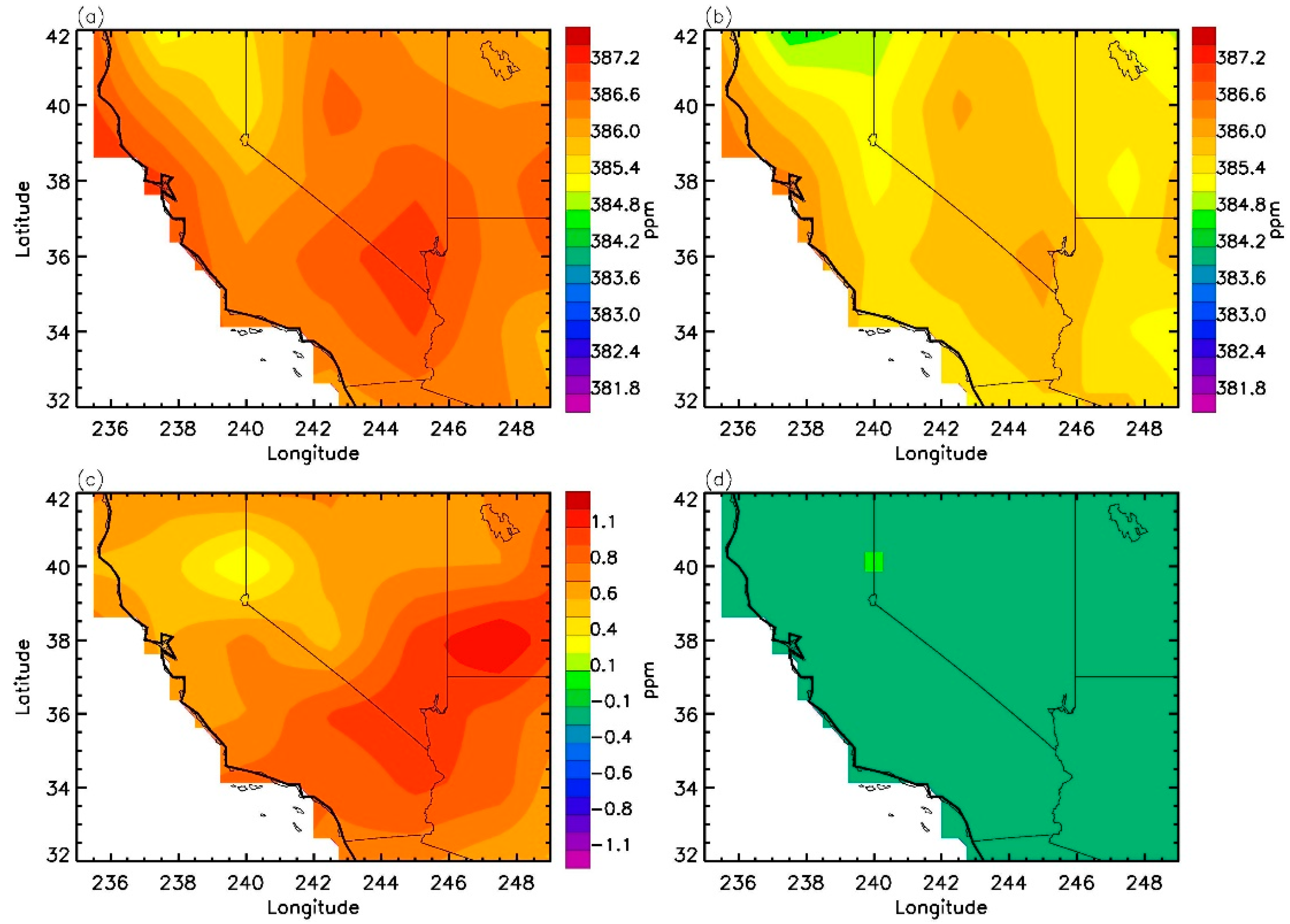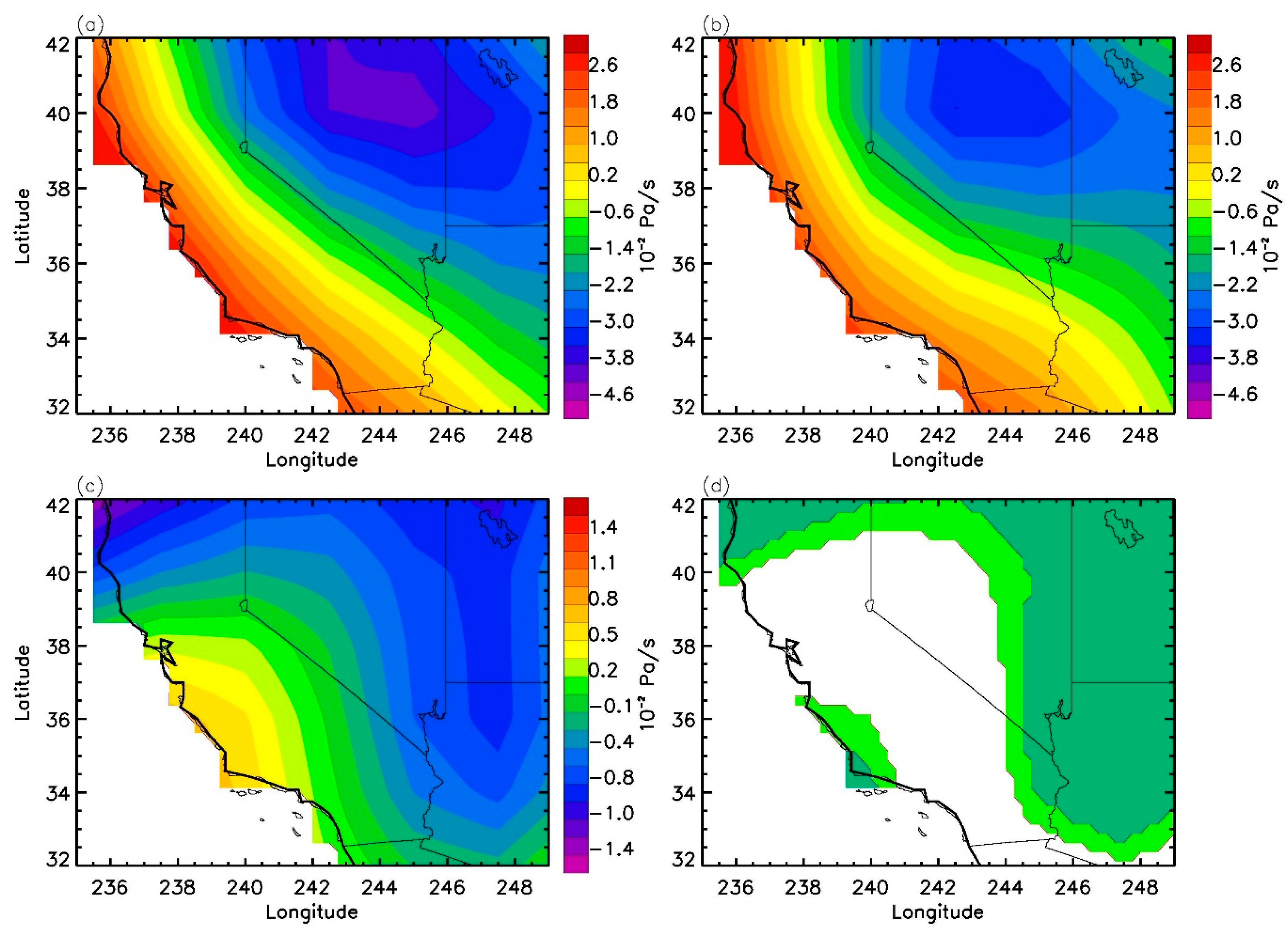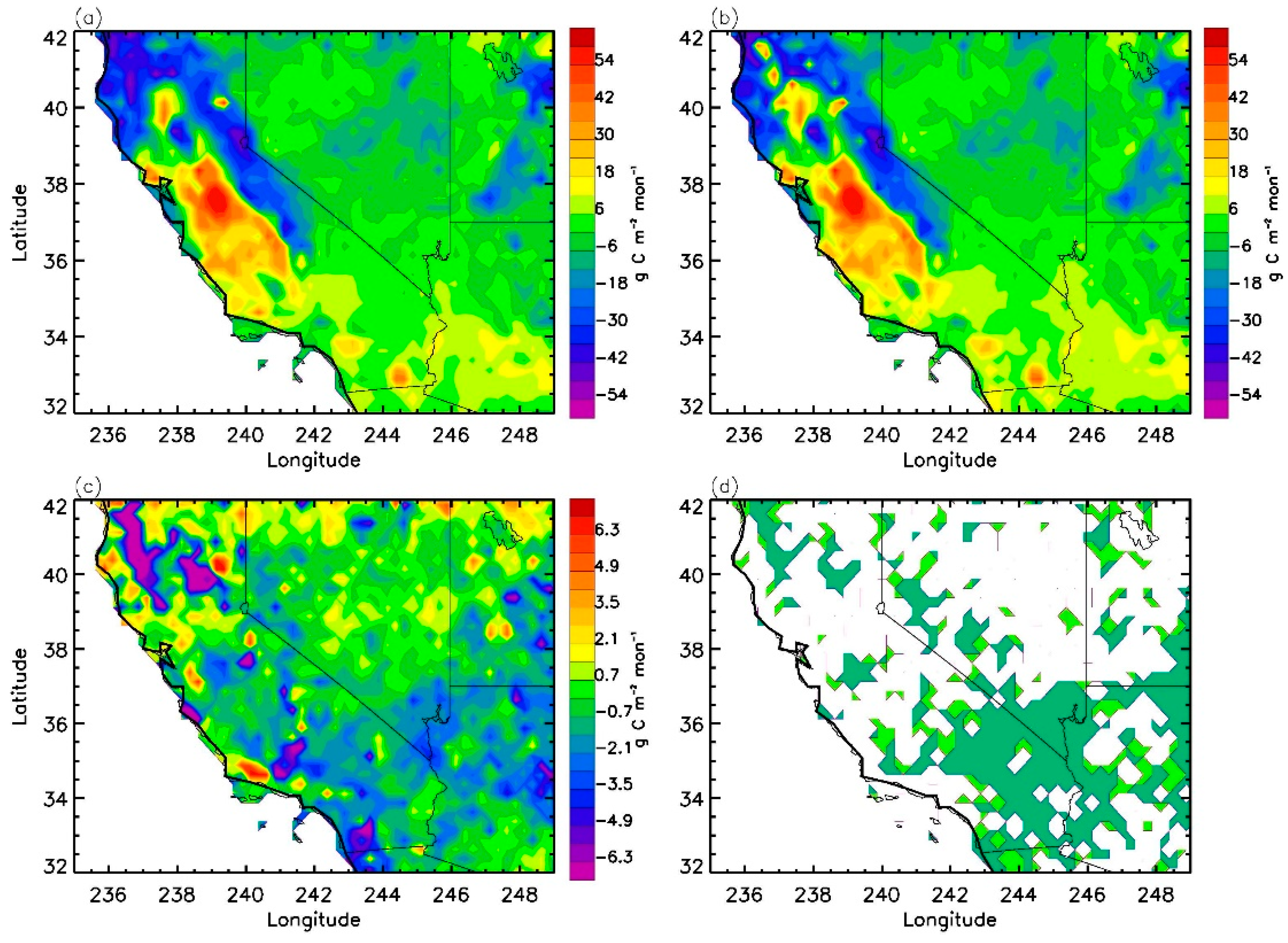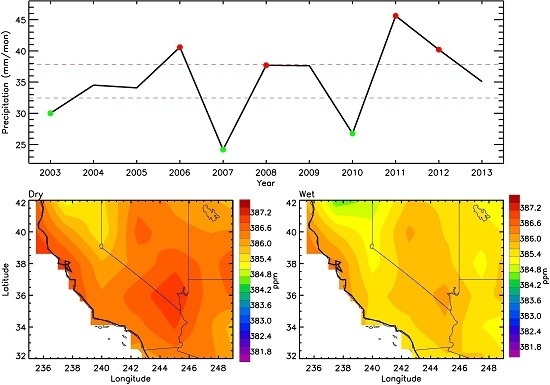Influence of Droughts on Mid-Tropospheric CO2
Abstract
:1. Introduction
2. Data
3. Results
4. Discussion
5. Conclusions
Supplementary Materials
Acknowledgments
Author Contributions
Conflicts of Interest
References
- Keeling, C.D.; Whorf, T.P.; Wahlen, M.; Vanderplicht, J. Interannual extremes in the rate of rise of atmospheric carbon dioxide since 1980. Nature 1995, 375, 666–670. [Google Scholar] [CrossRef]
- Sarmiento, J.L.; Wofsy, S. A U.S. Carbon Cycle Science Plan. Available online: https://pdfs.semanticscholar.org/7c66/6a32b540b0a1fdf6497b5b4aae261055a802.pdf (accessed on August 2011).
- Tans, P.; Keeling, R. Trends in Atmospheric Carbon Dioxide. Available online: http://www.esrl.noaa.gov/gmd/ccgg/trends/ (accessed on 16 August 2017).
- Pearman, G.I.; Hyson, P. The annual variation of atmospheric CO2 concentration observed in the northern hemisphere. J. Geophys. Res. 1981, 86, 9839–9843. [Google Scholar] [CrossRef]
- Cleveland, M.S.; Freeny, A.E.; Graedel, T.E. The seasonal component of atmospheric CO2: Information from new approaches to the decomposition of seasonal time series. J. Geophys. Res. 1983, 88, 10934–10946. [Google Scholar] [CrossRef]
- Bacastow, R.B.; Keeling, C.D.; Whorf, T.P. Seasonal amplitude increase in atmospheric CO2 concentration at Mauna Loa, Hawaii, 1959–1982. J. Geophys. Res. 1985, 90, 10529–10540. [Google Scholar] [CrossRef]
- Keeling, C.D.; Chin, J.F.S.; Whorf, T.P. Increased activity of northern hemispheric vegetation inferred from atmospheric CO2 measurements. Nature 1996, 382, 146–149. [Google Scholar] [CrossRef]
- Buermann, W.; Lintner, B.R.; Koven, C.D.; Angert, A.; Pinzon, J.E.; Tucker, C.J.; Fung, I.Y. The changing carbon cycle at the Mauna Loa Observatory. Proc. Nat. Acad. Sci. USA 2007, 104, 4249–4254. [Google Scholar] [CrossRef] [PubMed]
- Jiang, X.; Crisp, D.; Olsen, E.T.; Kulawik, S.S.; Miller, C.E.; Pagano, T.S.; Liang, M.; Yung, Y.L. CO2 annual and semi-annual cycles from multiple satellite retrievals and models. Earth Space Sci. 2016. [Google Scholar] [CrossRef]
- Li, K.F.; Tian, B.; Waliser, D.E.; Yung, Y.L. Tropical mid-tropospheric CO2 variability driven by the Madden-Julian Oscillation. Proc. Nat. Acad. Sci. USA 2010, 107, 19171–19175. [Google Scholar] [CrossRef] [PubMed]
- Jiang, X.; Li, Q.; Chahine, M.T.; Yung, Y.L. CO2 semi-annual oscillation in the middle troposphere and at the surface. Glob. Biogeochem. Cycles 2012, 26. [Google Scholar] [CrossRef]
- Jones, C.D.; Collins, M.; Cox, P.M.; Spall, S.A. The carbon cycle response to ENSO: A coupled climate-carbon cycle model study. J. Clim. 2001, 14, 4113–4129. [Google Scholar] [CrossRef]
- Nevison, C.D.; Mahowald, N.M.; Doney, S.C.; Lima, I.D.; van der Werf, G.R.; Randerson, J.T.; Baker, D.F.; Kasibhatla, P.; McKinley, G.A. Contribution of ocean, fossil fuel, land biosphere, and biomass burning carbon fluxes to seasonal and interannual variability in atmospheric CO2. J. Geophys. Res. 2008, 113. [Google Scholar] [CrossRef]
- Jiang, X.; Chahine, M.T.; Olsen, E.T.; Chen, L.; Yung, Y.L. Interannual Variability of Mid-tropospheric CO2 from Atmospheric Infrared Sounder. Geophys. Res. Lett. 2010, 37. [Google Scholar] [CrossRef]
- Jiang, X.; Wang, J.; Olsen, E.T.; Liang, M.; Pagano, T.S.; Chen, L.; Licata, S.J.; Yung, Y.L. Influence of El Nino on mid-tropospheric CO2 from Atmospheric Infrared Sounder and Model. J. Atmos. Sci. 2013, 70, 223–230. [Google Scholar] [CrossRef]
- Chahine, M.; Chen, L.; Dimotakis, P.; Jiang, X.; Li, Q.; Olsen, E.T.; Pagano, T.; Randerson, J.; Yung, Y.L. Satellite remote sounding of mid-tropospheric CO2. Geophys. Res. Lett. 2008, 35. [Google Scholar] [CrossRef]
- Crevoisier, C.; Chédin, A.; Matsueda, H.; Machida, T.; Armante, R.; Scott, N.A. First year of upper tropospheric integrated content of CO2 from IASI hyperspectral infrared observations. Atmos. Chem. Phys. 2009, 9, 4797–4810. [Google Scholar] [CrossRef]
- Kulawik, S.S.; Jones, D.B.A.; Nassar, R.; Irion, F.W.; Worden, J.R.; Bowman, K.W.; Machida, T.; Matsueda, H.; Sawa, Y.; Biraud, S.C.; et al. Characterization of Tropospheric Emission Spectrometer (TES) CO2 for carbon cycle science. Atmos. Chem. Phys. 2010, 10, 5601–5623. [Google Scholar] [CrossRef]
- Boesch, H.; Baker, D.; Connor, B.; Crisp, D.; Miller, C. Global characterization of CO2 column retrievals from shortwave-infrared satellite observations of the Orbiting Carbon Observatory-2 Mission. Remote Sens. 2011, 3, 270–304. [Google Scholar] [CrossRef]
- Kulawik, S.S.; O’Dell, C.; Payne, V.H.; Kuai, L.; Worden, H.M.; Biraud, S.C.; Sweeney, C.; Stephens, B.; Iraci, L.T.; Yates, E.L.; Tanaka, T. Lower-tropospheric CO2 from near-infrared ACOS-GOSAT observations. Atmos. Chem. Phys. 2017, 17, 5407–5438. [Google Scholar] [CrossRef]
- Crisp, D.; Pollock, H.R.; Rosenberg, R.; Chapsky, L.; Lee, R.A.M.; Oyafuso, F.A.; Frankenberg, C.; O’Dell, C.W.; Bruegge, C.J.; Doran, G.B.; et al. The on-orbit performance of the Orbiting Carbon Observatory-2 (OCO-2) instrument and its radiometrically calibrated products. Atmos. Meas. Tech. 2017, 10, 59–81. [Google Scholar] [CrossRef]
- Jiang, X.; Olsen, E.; Pagano, T.; Su, H.; Yung, Y.L. Modulation of midtropospheric CO2 by the South Atlantic Walker Circulation. J. Atmos. Sci. 2015, 72, 2241–2247. [Google Scholar] [CrossRef]
- Pagano, T.S.; Olsen, E.T.; Nguyen, H.; Ruzmaikin, A.; Jiang, X.; Perkins, L. Global variability of midtropospheric carbon dioxide as measured by the Atmospheric Infrared Sounder. J. Appl. Remote Sens. 2014, 8. [Google Scholar] [CrossRef]
- Norman, J.M.; Garcia, R.; Verma, S.B. Soil surface CO2 fluxes and carbon budget of a grassland. J. Geophys. Res. 1992. [Google Scholar] [CrossRef]
- Laporte, M.F.; Duchesne, L.C.; Wetzel, S. Effect of rainfall patterns on soil surface CO2 efflux, soil moisture, soil temperature and plant growth in a grassland ecosystem of northern Ontario, Canada: Implications for climate change. BMC Ecol. 2002. [Google Scholar] [CrossRef]
- Zhou, X.; Sherry, R.A.; An, Y.; Wallace, L.L.; Luo, Y. Main and interactive effects of warming, clipping, and doubled precipitation on soil CO2 efflux in a grassland ecosystem. Glob. Biogeochem. Cycle 2006. [Google Scholar] [CrossRef]
- Pereira, J.S.; Mateus, J.A.; Aires, L.M.; Pita, G.; Pio, C.; David, J.S.; Andrade, V.; Banza, J.; David, T.S.; Paco, T.A.; Rodrigues, A. Net ecosystem carbon exchange in three constrasting Mediterranean ecosystems: The effect of drought. Biogeosciences 2007, 4, 791–802. [Google Scholar] [CrossRef]
- Parton, W.; Morgan, J.; Smith, D.; Del Grosso, S.; Prihodko, L.; LeCain, D.; Kelly, R.; Lutz, S. Impact of preciptiation dynamics on net ecosystem productivity. Glob. Chang. Biol. 2012. [Google Scholar] [CrossRef]
- Griffin, D.; Anchukaitis, K.J. How unusual is the 2012–2014 California drought. Geophys. Res. Lett. 2014. [Google Scholar] [CrossRef]
- Huffman, G.J.; Bolvin, D.T.; Nelkin, E.J.; Wolff, D.B.; Adler, R.F.; Gu, G.; Hong, Y.; Bowman, K.P.; Stocker, E.F. The TRMM multi-satellite precipitation analysis: Quasi-Global, Multi-Year, Combined-Sensor precipitation estimates at fine scale. J. Hydrometeorol. 2007, 8, 33–55. [Google Scholar] [CrossRef]
- Chahine, M.; Barnet, C.; Olsen, E.T.; Chen, L.; Maddy, E. On the determination of atmospheric minor gases by the method of vanishing partial derivatives with application to CO2. Geophys. Res. Lett. 2005, 32. [Google Scholar] [CrossRef]
- Olsen, E.T.; Licata, S.J. AIRS Version 5 Release Tropospheric CO2 Products. Available online: http://disc.sci.gsfc.nasa.gov/AIRS/documentation/v5_docs/AIRS_V5_Release_User_Docs/AIRS-V5-Tropospheric-CO2-Products.pdf (accessed on 14 August 2017).
- Potter, C.S.; Randerson, J.T.; Field, C.B.; Matson, P.A.; Vitousek, P.M.; Mooney, H.A.; Klooster, S.A. Terrestrial ecosystem production: A process model based on global satellite and surface data. Glob. Biogeochem. Cycles 1993, 7, 811–841. [Google Scholar] [CrossRef]
- Randerson, J.T.; Thompson, M.V.; Malmstrom, C.M.; Field, C.B.; Fung, I.Y. Substrate limitation for heterotrophs: Implications for models that estimate the seasonality of atmospheric CO2. Glob. Biogechem. Cycles 1996, 10, 585–602. [Google Scholar] [CrossRef]
- Thompson, M.V.; Randerson, J.T.; Malmstrom, C.M.; Field, C.B. Change in net primary production and heterotrophic respiration: How much is necessary to sustain the terrestrial carbon sink. Glob. Biogeochem. Cycles 1996, 10, 711–726. [Google Scholar] [CrossRef]
- Olsen, S.C.; Randerson, J.T. Differences between surface and column atmospheric CO2 and implications for carbon cycle research. J. Geophys. Res. 2004, 109. [Google Scholar] [CrossRef]
- van der Werf, G.R.; Randerson, J.T.; Giglio, L.; Collatz, G.J.; Kasibhatia, P.S.; Arellano, A.F. Interannual variability in global biomass burning emissions from 1997 to 2004. Atmos. Chem. Phys. 2006, 6, 3423–3441. [Google Scholar] [CrossRef] [Green Version]
- Giglio, L.; van der Werf, G.R.; Randerson, J.T.; Collatz, G.J.; Kasibhatla, P.S. Global estimation of burned area using MODIS active fire observations. Atmos. Chem. Phys. 2006, 6, 957–974. [Google Scholar] [CrossRef] [Green Version]
- Field, C.B.; Randerson, J.T.; Malmstrom, C.M. Global net primary production: Combining ecology and remote sensing. Remote Sens. Environ. 1995, 51, 74–97. [Google Scholar] [CrossRef]
- Giglio, L.; Randerson, J.T.; van der Werf, G.R. Analysis of daily, monthly, and annual burned area using the fourth-generation global fire emissions database (GFED4). J. Geophys. Res. Biogeosci. 2013, 118, 317–328. [Google Scholar] [CrossRef]
- Kistler, R.; Collins, W.; Saha, S.; White, G.; Wollen, J.; Kalnay, E.; Chelliah, M.; Ebisuzaki, W.; Kanamitsu, M.; Kousky, V.; et al. The NCEP-NCAR 50-year reanalysis: Monthly means CD-ROM and documentation. Bull. Am. Meteorol. Soc. 2001, 82, 247–267. [Google Scholar] [CrossRef]
- Bevington, P.R.; Robinson, D.K. Data Reduction and Error Analysis for the Physical Science, 3rd ed.; McGraw-Hill: New York, NY, USA, 2003; p. 336. [Google Scholar]
- Efron, B.; Tibshirani, R.J. An Introduction to the Bootstrap; CRC Press: Boca Raton, FL, USA, 1994. [Google Scholar]
- Ruzmaikin, A.; Feynman, J.; Jiang, X.; Yung, Y.L. Extratropical signature of the quasi-biennial oscillation. J. Geophys. Res. 2005, 110. [Google Scholar] [CrossRef]
- Andres, R.J.; Boden, T.A.; Marland, G. Monthly Fossil-Fuel CO2 Emissions: Mass of Emissions Gridded by One Degree Latitude by One Degree Longitude. Available online: http://cdiac.ornl.gov/epubs/fossil_fuel_CO2_emissions_gridded_monthly_v2016.html (accessed on 7 January 2016).
- Yang, X.; Washenfelder, R.A.; Keppel-Aleks, G.; Krakauer, N.Y.; Randerson, J.T.; Tans, P.P.; Sweeney, C.; Wennberg, P.O. New constraints on northern hemisphere growing season net flux. Geophys. Res. Lett. 2007, 34. [Google Scholar] [CrossRef]
- Jiang, X.; Li, Q.B.; Liang, M.C.; Shia, R.L.; Chahine, M.T.; Olsen, E.T.; Chen, L.; Yung, Y.L. Simulation of upper tropospheric CO2 from chemistry and transport models. Glob. Biogeochem. Cycles 2008, 22. [Google Scholar] [CrossRef]
- Prentice, I.C.; Williams, S.; Friedlingstein, P. Biosphere Feedbacks and Climate Change. Available online: https://www.stevenphipps.com/publications/prentice2015.pdf (accessed on 17 August 2017).
- Allan, R.P.; Soden, B.J. Atmospheric warming and the amplification of precipitation extremes. Science 2008, 321, 1481–1484. [Google Scholar] [CrossRef] [PubMed]
- Li, L.; Jiang, X.; Chahine, M.T.; Olsen, E.T.; Fetzer, E.J.; Chen, L.; Yung, Y.L. The recycling rate of atmospheric moisture over the past two decades (1988–2009). Environ. Res. Lett. 2011, 6, 1–6. [Google Scholar] [CrossRef]
- Trammell, J.H.; Jiang, X.; Li, L.; Liang, M.; Li, M.; Zhou, J.; Fetzer, E.; Yung, Y. Investigation of precipitation variations over wet and dry areas from observation and model. Adv. Meteorol. 2015. [Google Scholar] [CrossRef]
- McElroy, M.; Baker, D.J. Climate Extremes: Recent trends with implications for national security. Vt. J. Environ. Law 2014, 15, 727. [Google Scholar] [CrossRef]




© 2017 by the authors. Licensee MDPI, Basel, Switzerland. This article is an open access article distributed under the terms and conditions of the Creative Commons Attribution (CC BY) license (http://creativecommons.org/licenses/by/4.0/).
Share and Cite
Jiang, X.; Kao, A.; Corbett, A.; Olsen, E.; Pagano, T.; Zhai, A.; Newman, S.; Li, L.; Yung, Y. Influence of Droughts on Mid-Tropospheric CO2. Remote Sens. 2017, 9, 852. https://doi.org/10.3390/rs9080852
Jiang X, Kao A, Corbett A, Olsen E, Pagano T, Zhai A, Newman S, Li L, Yung Y. Influence of Droughts on Mid-Tropospheric CO2. Remote Sensing. 2017; 9(8):852. https://doi.org/10.3390/rs9080852
Chicago/Turabian StyleJiang, Xun, Angela Kao, Abigail Corbett, Edward Olsen, Thomas Pagano, Albert Zhai, Sally Newman, Liming Li, and Yuk Yung. 2017. "Influence of Droughts on Mid-Tropospheric CO2" Remote Sensing 9, no. 8: 852. https://doi.org/10.3390/rs9080852





